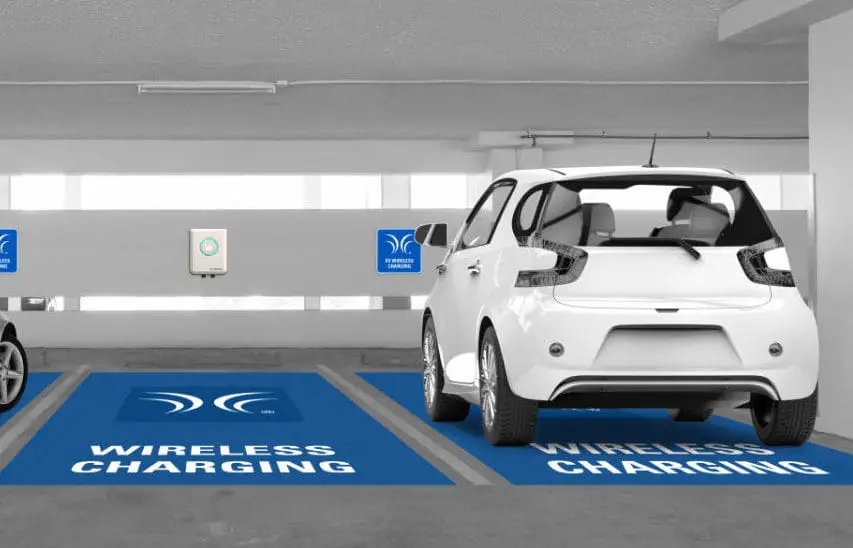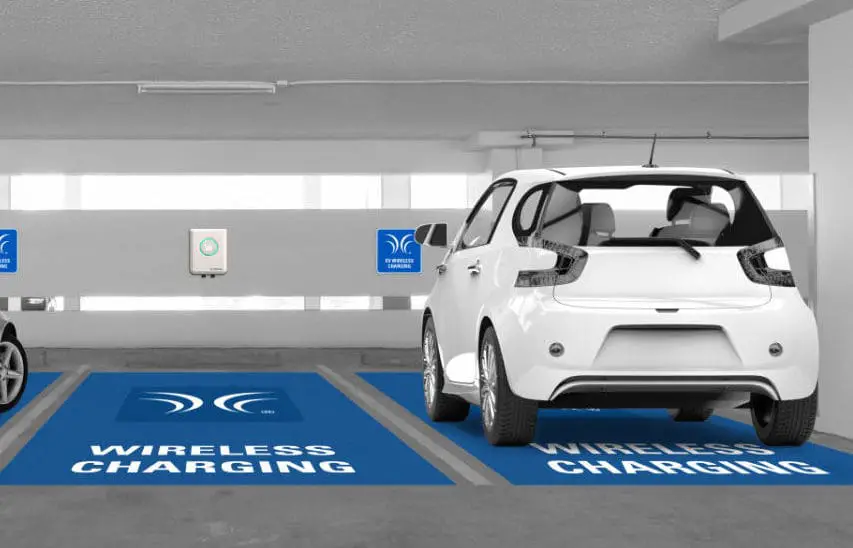How Wireless Charging Works for Electric Vehicles.
Wireless charging offers a convenient and efficient alternative to traditional plug-in charging methods, promising to reshape the way we power our vehicles.


As the world transitions towards sustainable transportation solutions, the advent of wireless charging technology represents a significant milestone in the evolution of electric vehicles (EVs).
Wireless charging offers a convenient and efficient alternative to traditional plug-in charging methods, promising to reshape the way we power our vehicles.
In this article, we delve into the workings of wireless charging for electric vehicles and explore its potential impact on the future of mobility.
Read: Wireless battery management system for electric vehicles.
1. Understanding Inductive Charging:
At the heart of wireless charging for electric vehicles lies the principle of inductive charging.
Inductive charging utilizes electromagnetic fields to transfer energy between two coils – a transmitter coil in the charging station and a receiver coil installed in the vehicle.
When an electric current flows through the transmitter coil, it generates a magnetic field.
This magnetic field induces a voltage in the receiver coil located in the vehicle, which is then converted back into electric current to charge the vehicle's battery.
This process of electromagnetic induction enables the wireless transfer of energy without the need for physical cables.
Related: Wireless battery management system for EVs.
2. Components of Wireless Charging Systems:
Wireless charging systems for electric vehicles typically consist of three main components:
- Charging Pad (Transmitter Coil): The charging pad, also known as the transmitter coil, is installed in the ground or on a mounting surface. It generates the electromagnetic field necessary for wireless energy transfer.
- Receiver Coil: The receiver coil is integrated into the vehicle's chassis or installed underneath the vehicle. It captures the magnetic field generated by the charging pad and converts it into electrical energy to charge the vehicle's battery.
- Power Electronics: Power electronics components, including inverters and control systems, manage the flow of electricity between the transmitter and receiver coils, ensuring efficient and safe charging operations.
Read: The Future of Charging EVs Could Be Wireless
3. Operation of Wireless Charging Systems:
The operation of wireless charging systems for electric vehicles involves several key steps:
- Alignment: To initiate charging, the vehicle must be parked near the charging pad, ensuring proper alignment between the transmitter and receiver coils. Advanced systems may feature automated alignment mechanisms to streamline the charging process.
- Charging Initiation: Once aligned, the charging process is initiated either manually or automatically. The transmitter coil generates an alternating magnetic field, which induces a voltage in the receiver coil, initiating the flow of electric current to charge the vehicle's battery.
- Charging Efficiency: Wireless charging systems are designed to maximize charging efficiency while minimizing energy losses. Factors such as coil design, resonance tuning, and power management algorithms are optimized to achieve high levels of efficiency and reliability.
Read: Recent innovations on electric vehicles and their impact.
4. Advantages of Wireless Charging for EVs:
Wireless charging technology offers several advantages for electric vehicles and their owners:
- Convenience: Wireless charging eliminates the need for manual plug-in connections, making the charging process more convenient and user-friendly.
- Reduced Wear and Tear: Wireless charging reduces wear and tear on vehicle components by eliminating physical cables and connectorsand minimizes the risk of damage or corrosion.
- Safety: Wireless charging systems adhere to stringent safety standards, with built-in safeguards to protect against overcharging, overheating, and electrical faults.
- Aesthetics: Wireless charging infrastructure can be seamlessly integrated into urban environments and architectural structures, enhancing the aesthetic appeal of charging facilities.
Read: New Tech to charge Electric cars while they drive
5. Challenges and Considerations:
Despite its potential, wireless charging technology also faces certain challenges and considerations:
- Efficiency: Achieving high levels of charging efficiency across varying distances and misalignments remains a key technical challenge for wireless charging systems.
- Cost: The upfront cost of installing wireless charging infrastructure may be higher compared to traditional plug-in charging stations, although economies of scale and technological advancements are expected to drive down costs over time.
- Standardization: The lack of standardized specifications for wireless charging systems may hinder interoperability and compatibility between different manufacturers and vehicle models.
6. The Road Ahead:
As wireless charging technology continues to mature and gain widespread acceptance, its integration into mainstream electric vehicle infrastructure is expected to accelerate.
Collaborative efforts between automakers, charging infrastructure providers, and regulatory agencies are essential to address technical challenges, establish industry standards, and promote the widespread adoption of wireless charging for electric vehicles.
Read: Future of electric car chargers
In conclusion, wireless charging represents a promising frontier in the realm of electric mobility, offering a glimpse into a future where charging is seamless, convenient, and ubiquitous.
By harnessing the power of electromagnetic induction, wireless charging systems have the potential to revolutionize the way we power our vehicles and pave the way towards a cleaner, more sustainable transportation ecosystem.
Related: Victoria-based Lumen Freedom becomes the first global wireless charging provider




